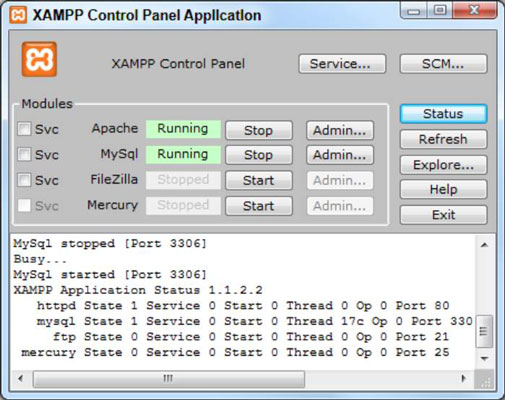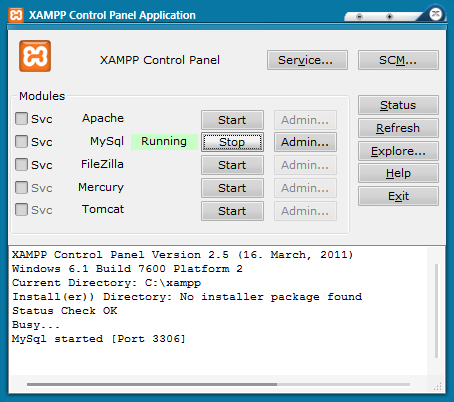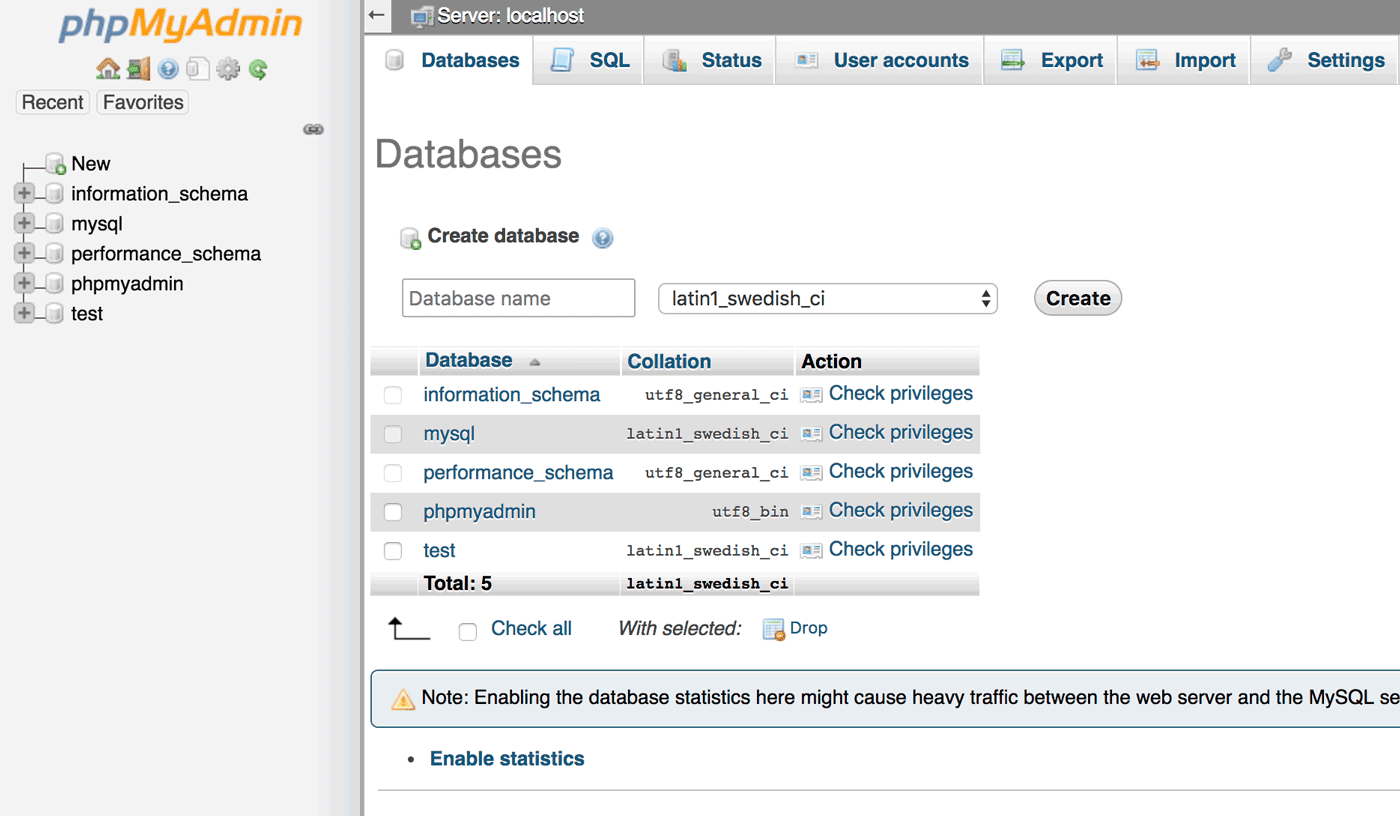

Under the Create database, enter a Database name.

Alternatively, you may click the New link on the left panel. Tired of scrolling Download a PDF version for easier offline reading and sharing with coworkers. When you’re only using it to test your website, that isn’t a big deal, but when you have to start using MySQL on your localhost, you need to know this.
XAMPP MYSQL MAC FOR MAC
On the phpMyAdmin screen, select the Databases tab. XAMPP MySQL database set-up for Mac (intended for CS212 at NAU) Unlike on Windows, XAMPP does not ask you for a username and password during set-up on Mac OS X. Install a different local development environment: To create a database, there are several options. If they are present, remove them and save the file. Make sure that there are no references to XAMPP or localhost in this file. Tuesday This command resets file permissions to default.Ĭheck the hosts file: Open Terminal and run the command sudo nano /etc/hosts. Also if you have a clean install and want the earlier MySQL version 5.7, you can still get this from the MySQL site - from the 'Looking for previous GA versions' link. You can fix it with the following command in terminal: reset diskutilUserPermissions / `id -u`Įnter the administrator password when prompted. If you are upgrading from a previous macOS and have an older MySQL version you do not have to update it. These files are related to XAMPP.įix File Permissions: Sometimes file permissions cause errors. Sudo rm -rf / Library / StartupItems / XAMPPĮnter the administrator password when prompted.

Click Open Conf File and change the port number in the file. The Configure window for XAMPP’s MySQL service. Change the port number to a new one, for example: 3307. To remove them, you can use the following commands in the terminal: sudo rm -rf / applications / XAMPP Choose MySQL Database in manager-osx and click Configure. Restart your MacBook: In some cases, a simple restart can lead to stuck issues.Ĭache to save cached files: Then try accessing the webpage again.Ĭheck for XAMPP Files: Even after uninstalling XAMPP, it may find some files on your system. If you make it with an excuse, then the problem is with XAMPP


 0 kommentar(er)
0 kommentar(er)
